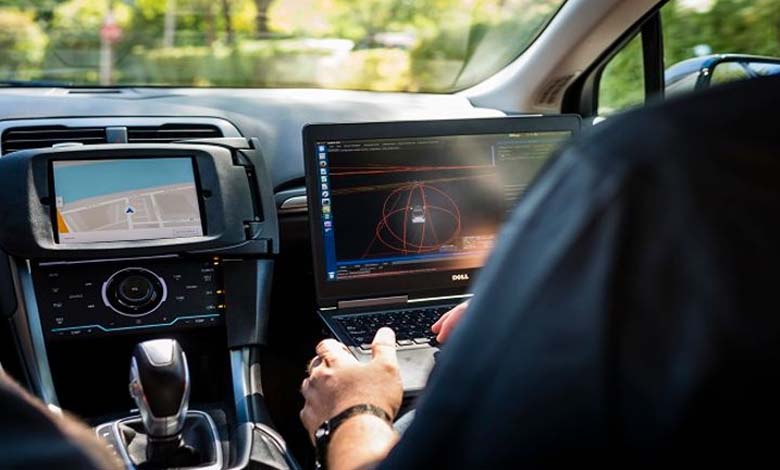Goodbye to Accidents: Satellites Lead the Future of Driving

The Chinese automotive holding company, Geely Group, announced today, Saturday, that it has launched 11 satellites into low Earth orbit, marking its second launch.
This move is part of its efforts to expand its capability to provide more accurate navigation for self-driving cars.
Geely stated in a press release that the satellites were launched from the Xichang Satellite Launch Center in the Sichuan Province of southwest China.
The company added that it expects there to be 72 satellites in orbit by 2025 and ultimately plans to have a constellation of 240 satellites. The first launch took place in June 2022.
In addition to providing high-precision positioning support for self-driving cars, Geely mentioned that its network will also serve other commercial functions such as connecting to the consumer electronics sector.
The Chinese military dominates satellite networks, but the government began allowing private investment in the space sector in 2014.
Since then, commercial companies, some backed by local governments, have entered this sector, with the majority focusing on satellite manufacturing. Others are attempting to build small launch vehicles, including reusable rockets.
Geely is moving beyond the automotive stage by enhancing its presence in low Earth orbit after SpaceX, owned by Elon Musk, CEO of Tesla, deployed a network of 2,500 communication satellites capable of providing internet connectivity.
Conversely, a Chinese rocket carried nine satellites manufactured by Geely into space in early June 2022, with the company hoping these satellites will eventually form the backbone of a communication network designed to connect Geely’s self-driving cars.
Autonomous vehicle technology has the potential to revolutionize our way of travel and goods transportation. To make this technology possible, satellite communications will play a vital role through satellite-based communications, enabling autonomous vehicles to communicate with each other and with other infrastructure, such as traffic signals and even other vehicles.
Satellite-based communications will be the primary means for autonomous vehicles to communicate with each other. Using the Global Navigation Satellite System (GNSS), vehicles will be able to pinpoint their precise location and transmit this information to other autonomous vehicles in the vicinity. This will help vehicles determine the best routes to take and avoid collisions with other vehicles.
Satellite-based communications will also allow autonomous vehicles to communicate with a central control system. This system will be used to monitor vehicle performance and ensure they are driving safely. It will also be used to collect data on traffic flows and create detailed road maps. This information can then be used to improve the routes taken by autonomous vehicles, saving time and increasing safety.
Satellite-based communications will also be used to allow remote control of autonomous vehicles in case of emergencies or technical malfunctions. This will give operators a way to control the vehicle and ensure it is driving safely.
Overall, satellite communications will be a key component of autonomous vehicle technology. By allowing communication between vehicles and a central control system, as well as communication via satellites, satellite-based communications will be essential for the safe and efficient operation of autonomous vehicles.












